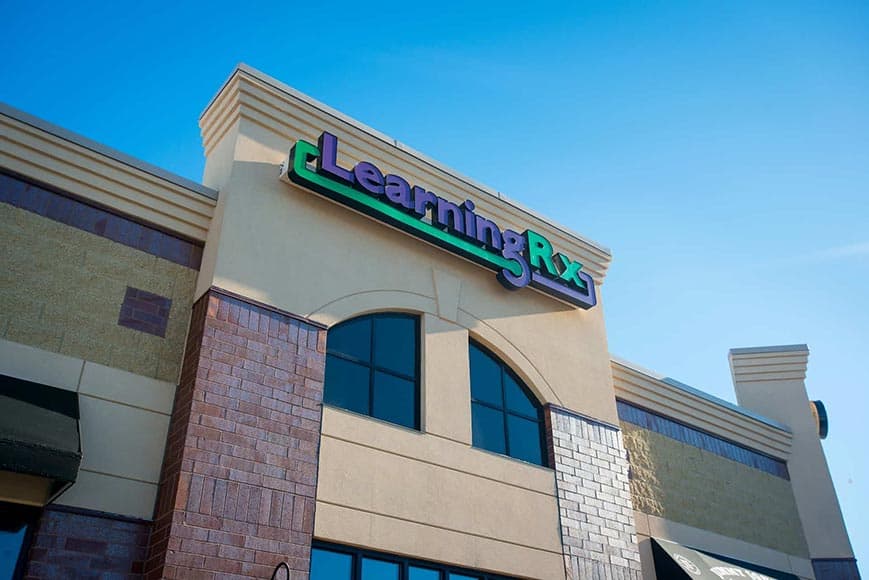Improving Reading Comprehension
If you’ve noticed your child reading something—and then rereading it because they didn’t catch the gist the first time, there’s good news. There are things you can do at home to help strengthen your child’s reading comprehension.
To help you get started, we’ve put together some tips to help ensure your child is reading at age-appropriate levels, as well as some strategies and tactics that you can try with them to improve their understanding of the material.
Choosing age-appropriate books
The biggest concern with choosing the right type of book for your child is they find it interesting. If it’s too simple, they may find it boring. Too advanced and they might find it confusing or too difficult to actually read.
Books come in a variety of forms, from board and picture books for wee ones to chapter books, graphic novels and young adult reads. As a general rule, look for the following:
- Under 3: Designed for the youngest of children and infants, board books are a sub-genre of picture books. They’re typically printed on sturdy paperboard and use simple vocabulary. Many of these offer tactile appeal by featuring soft fake fur, scratchy surfaces, and raised pictures to encourage babies and toddlers to touch the object.
- Ages 3-5: Picture books—chock full of illustrations or photos—are great starter books for parents who are teaching basic vocabulary words and starter phrases. The fonts are easy to read and often rhyme.
- Ages 6 to 8: Created for early readers, these starter books still offer illustrations or photos but with more light text and easy-to-read fonts. Early reader books are often graded to allow for kids to progress through the series with gradually increasing difficulty.
- Ages 9 to 12: Once kids progress from “learning to read” (usually around third grade) to “reading to learn,” they’ll be ready for middle-grade books. With word counts ranging in the low- to mid- tens of thousands, these longer reads typically feature a protagonist who is close to the reader’s age.
- Ages 13 and over: Longer than middle-grade books, these Young Adult (YA) reads tend to run over 50,000 words. They’re often told in first person to allow the reader to hear the main character reflect on what they’re seeing, hearing, and thinking.
Steps to boost reading comprehension
Start by skimming the book you’ve chosen to ensure there are pictures for any words or phrases they might not understand. Not enough illustrations or photos for what you’d like to explain? Depending on your child’s age, you may want to find your own images in other books, magazines, or online.
Next, formulate some questions that you can ask while you’re reading with your child to improve comprehension. This will also engage their deductive reasoning, memory, and problem-solving skills. For example:
- “What do you think the title of the book is referring to?”
- “Where do you think he should look for his missing cat first?”
- “Do you remember what the cat’s name is?”
- “Would it be likely that the cat is in the bathtub? Why or why not?”
- “Do you remember the three places that Ben looked for his cat?”
Finally, consider using molding clay or crayons and paper to encourage your child to create a scene or summary from the book. You may even want to have them act out the book’s highlights or create their own shortened version of the book by drawing three panels (on three separate pieces of paper) to indicate the major plot points. For example:
- Picture #1: Ben looking behind the couch for his cat.
- Picture #2: Ben looking up at the tree for his cat.
- Picture #3: Ben finding his cat and hugging it.
If you’re looking to help older kids with reading comprehension, encourage them to start by skimming the table of contents, chapter titles and headings, and the introduction or opening to the first chapter. This will give them a chronological, basic overview of what they’ll be reading.
Finding intensive interventions for reading comprehension
If you’re looking for a more intensive reading comprehension intervention, do some research into one-on-one brain training. There are specific programs designed to boost the underlying cognitive skills needed to grasp the underlying message, think critically about what’s being read, and remember key information.
LearningRx’s ComprehendRx® program, for example, was created to help improve reading comprehension for kids, teens, and adults. It focuses on skills such as:
- Reading speed and accuracy
- Building mental images and visualizing concepts
- Expanding vocabulary when reading and writing
- Remembering key information while reading
- Processing complex sentences and language
In order to strengthen these abilities, the personal brain training sessions focus on core cognitive skills, such as working memory and visual processing, the latter of which allows readers to picture mental images and plays a critical role in comparing ideas, making analogies, retaining information, and understanding abstract concepts.
Because every ComprehendRx student receives their own custom training plan, programs can be tailored to each reader’s existing skills based on an initial Brain Skills Assessment. This assessment only takes about an hour and it will identify which skills are already thriving and which have room for improvement.







